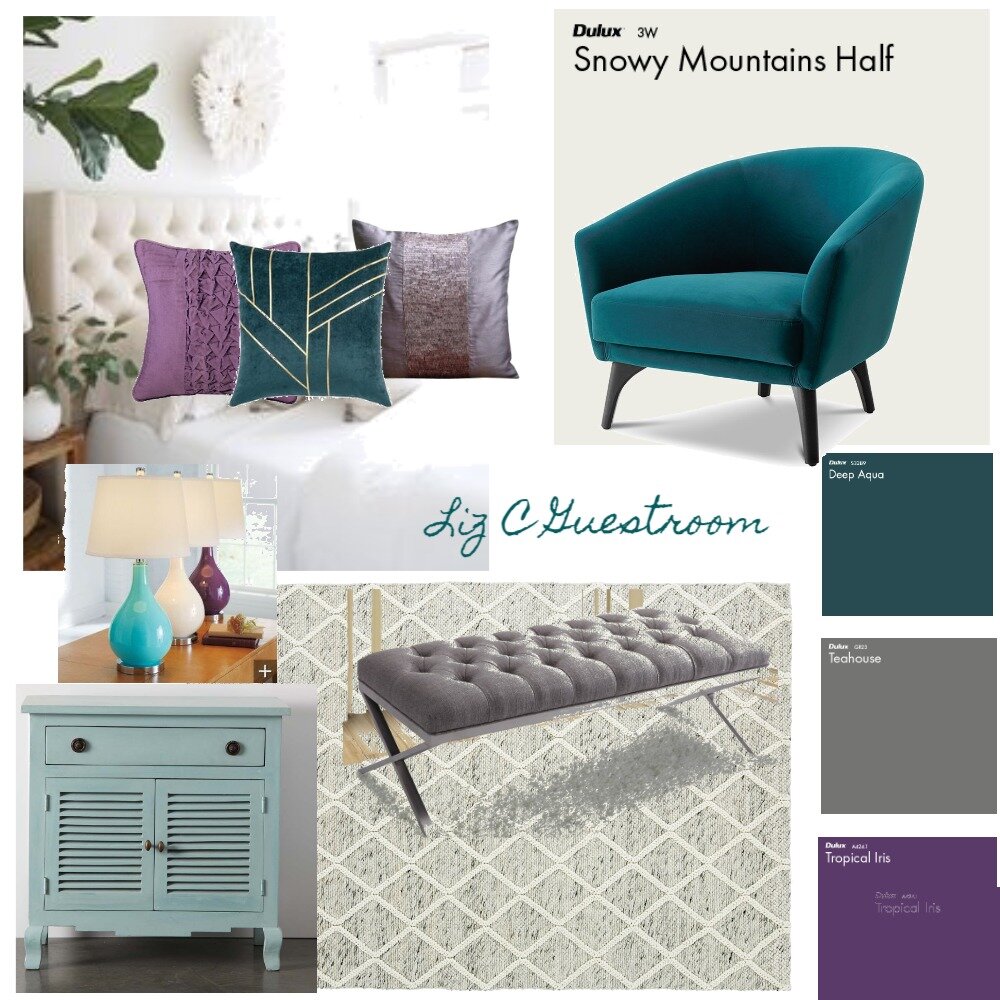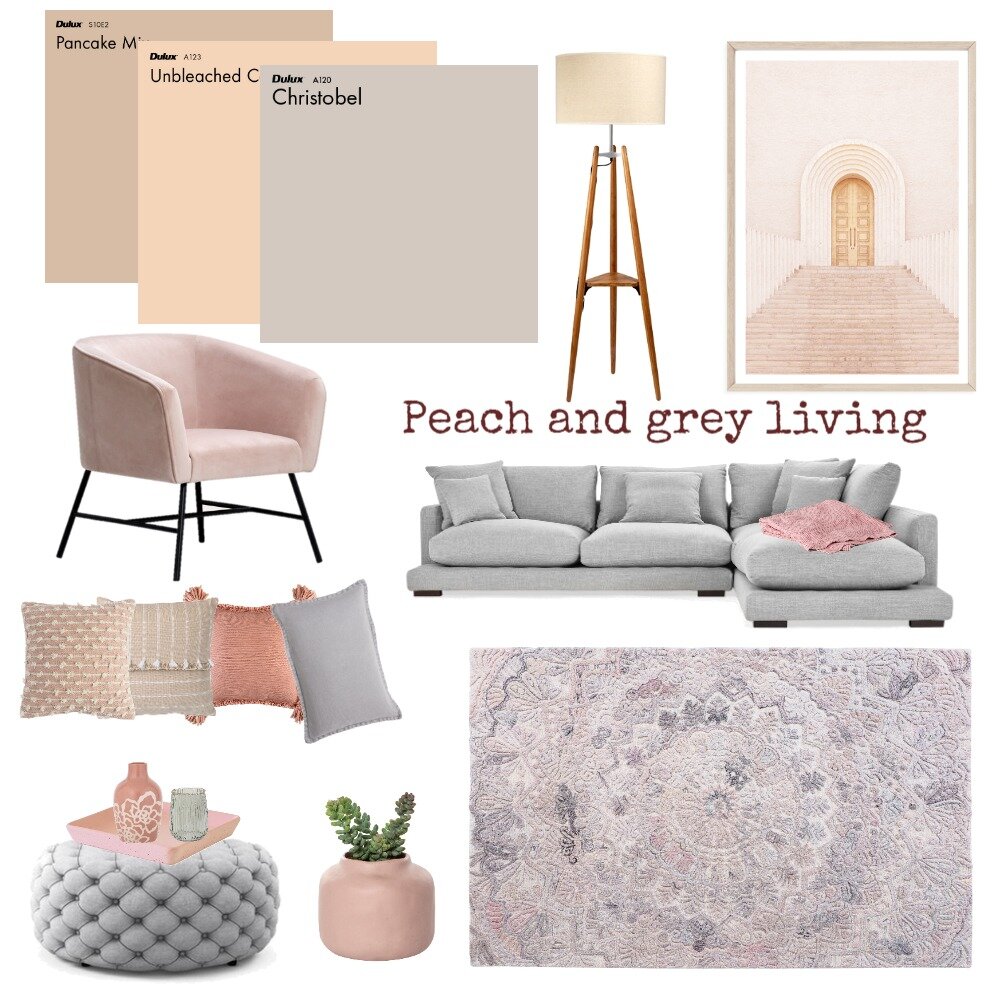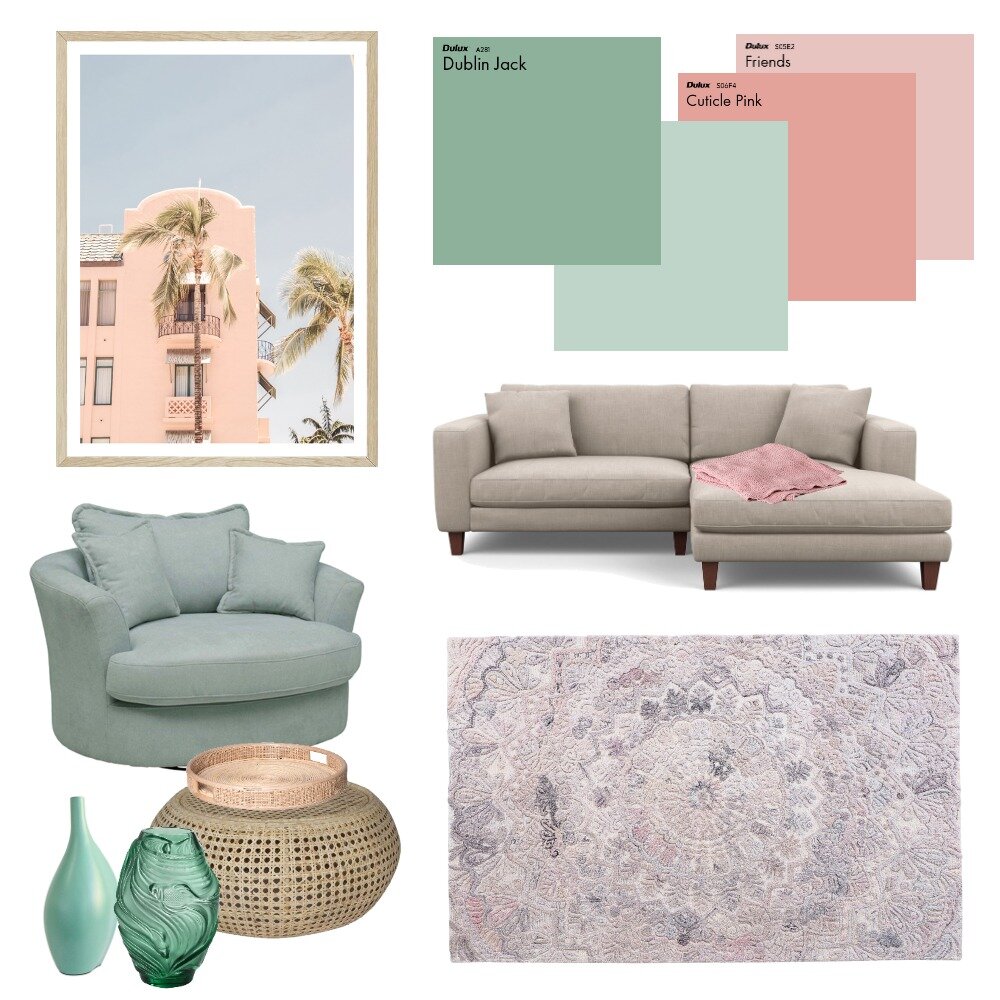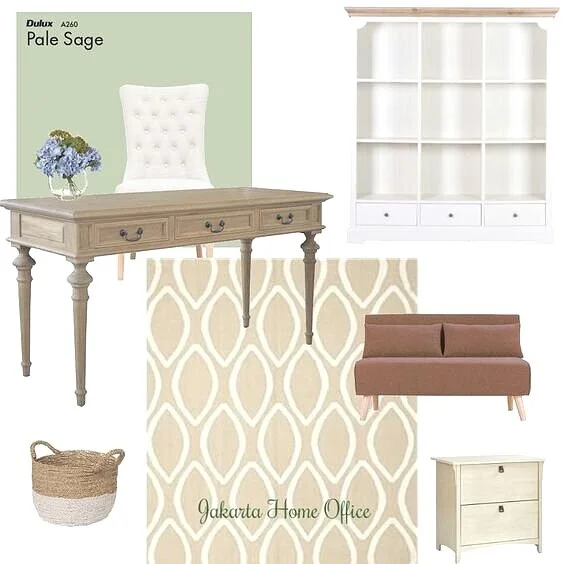Exploring Style Sourcebook
Have you heard about Style Sourcebook yet?
I first stumbled upon Style Sourcebook last year… on a slow day at work (oops!). Scared of being found out playing around with design rather than doing ‘economicsy’ things, I didn’t think to take notice of the website or any identifying information.
Over the next few months I made many attempts to find it again, but alas, no amount of ‘mood board, style board thingie’ searches on google seemed to find what I was after.
Thankfully I recently came across it again and now I am addicted! Honestly, there are days when I would much rather play with Style Sourcebook than my own kids (parenting fail ☹)
So, what is Style Sourcebook?
Well it is an Australian website (head to www.stylesourcebook.com.au) that allows you to develop style and mood boards from scratch. According to its own website, Style Sourcebook can be described as “a product sourcing and mood board community to help you renovate and decorate”.
Style Sourcebook provides functionality on many levels. For someone such as myself who is predominantly focused on developing style boards for personal usage, it is a great blank canvas to see how room layouts and colours will or won’t work in the real world (saves on money and all that effort moving furniture around!).
How does it work?
Starting with a blank page, you can either upload your own images or alternatively you can upload from the library bank of furniture, homewares and home décor options already loaded onto the site. Although the library appears to include furniture from predominantly Australian-based and recognised companies, it is very extensive and includes categories such as Bedroom, Bathroom, Décor, Living, Outdoors, Walls and Floors. Within each of these are even more sub-categories. Alternatively, you can search based on colours (a great way to find various items that fit a colour brief) or by company name.
Even if you prefer to use your own photos, Style Sourcebook is still a great resource. Instead of searching across the existing categories, all you need to do is upload your images via the Upload Images tab. This is where I found the site a little clunky. In order to upload a picture I had to identify both the source and URL of the image. This could be a bit time consuming, but on the other hand it meant I made sure that I only uploaded pictures that were of genuine interest. Keep in mind that these images are then saved, and can be used later via Saved Images (you can also save images from the database and access them here later as well).
If it all seems to much and you just want someone else to show you the way, then Style Sourcebook still has you covered via its Mood Boards tab. This part of the website allows you to view style boards created by others, categorised by Popularity or Recently Uploaded. You can also use the search function if you have a particular theme you want to look for, say Teal and Purple Bedroom (sneaky plug for some style boards I recently created on the site!).
Finally, Style Sourcebook allows you to create an account as either a private person or as a Designer. Even if you create a personal account, the site still allows you to use a business name, register a business email and website etc, but does not seem to allow you to fully market yourself as an interior designer. To do that, it seems that you need to register as a Designer. To my mind, this aspect of the site reminds me a little bit of Houzz. Either way, if you like the look of a particular styleboard creator, you can search for them on the site and peruse their work at your leisure…
Give me some space! (or not!)
One of the things I have noticed with Style Sourcebook is the different approaches to the use of white space. Some designers seem to love leaving large portions of their style boards white, with minimal pictures to demonstrate a style or theme.
I can’t decide how I feel about this approach. On the one hand I can see that it makes for a clean looking display. But the ‘more is more’ side of me feels as though I am being short-changed and that there could be more suggestions included.
An early mood board I put together with lots of white space.
Versus…
A lot less white space on this one (also mine).
How does Style Sourcebook compare to Canva?
Another great Australian website, when I first started using both products I found it hard to really distinguish the two and so would often use them interchangeably.
Now that I am more familiar with both, I can see that they serve different functions (well at least to my mind!). Whereas I find Canva great for graphic design work more generally (logos, insta posts etc) I find it less helpful when working on design projects. Because of the template structure of Canva, I tend to use Canva mood boards more for picture collages or colour inspo boards.
However, if I am trying to style a room, defining not just colours, but furniture types and placement, then I would suggest trying Style Sourcebook in the first instance. The blank template structure means that you can place pictures wherever you want on the page, rather than within a set template format. This doesn’t mean that I don’t have a lot of time for Canva. I actually love it, and plan to post a blog about it soon. However, I do think that they provide differentiated products and you should first consider what it is that you want to produce before deciding on which to use.
Me on Style Sourcebook.
What is a blog post without some shameless self-promotion?
If you want to check me out on Style Sourcebook, please head over to https://stylesourcebook.com.au/profile/interiorology




Get in touch!
As always, if you have any comments or questions. get in touch! Comments section is below and email and socials are at the top of the page :-)
Disclaimer
I have absolutely no affiliation with any of the companies or websites mentioned in this blog. This blog is based on my personal observations alone. I don’t pretend to be an expert - just a lover of all things interior design related including great websites.


